Pádraic Fogarty: There are signs of positive change at Wild Nephin
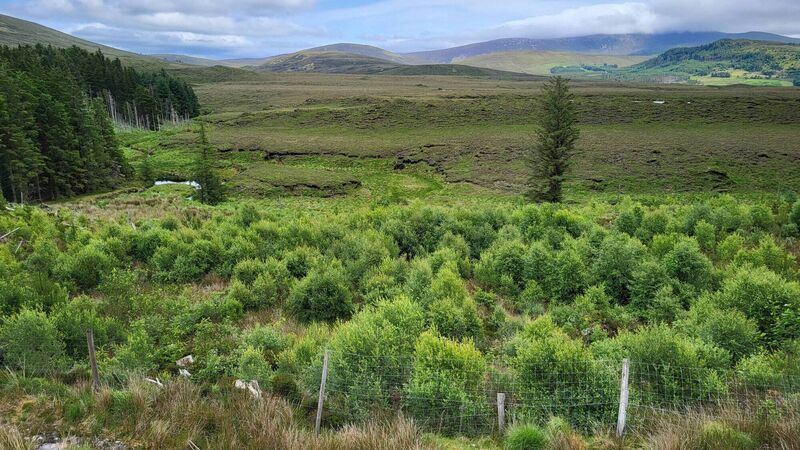
Wild Nephin: Native woodland establishment behind deer and sheep proof fencing. Pictures: Pádraic Fogarty
The north-west of Mayo is Ireland’s least populated area and is a vast expanse of land with few roads and lots of wet, inaccessible bog. On its website, the National Parks and Wildlife Service (NPWS) refers to the area as “unspoiled wilderness”. However, far from being ‘unspoiled’, the landscape has been seriously degraded over many decades by a combination of sheep grazing, turf-cutting and plantation forestry.
In 1998, the State announced the creation of the Ballycroy National Park while in 2013, to great fanfare 11,000 ha of Coillte forestry next door were proclaimed as the ‘Wild Nephin Wilderness Area’. We were told at the time that “over the next 15 years the Wilderness Management Group will begin a process of rewilding” where the conifers would be ‘remodelled’, drainage channels blocked, rhododendron removed, and human intervention ceased.
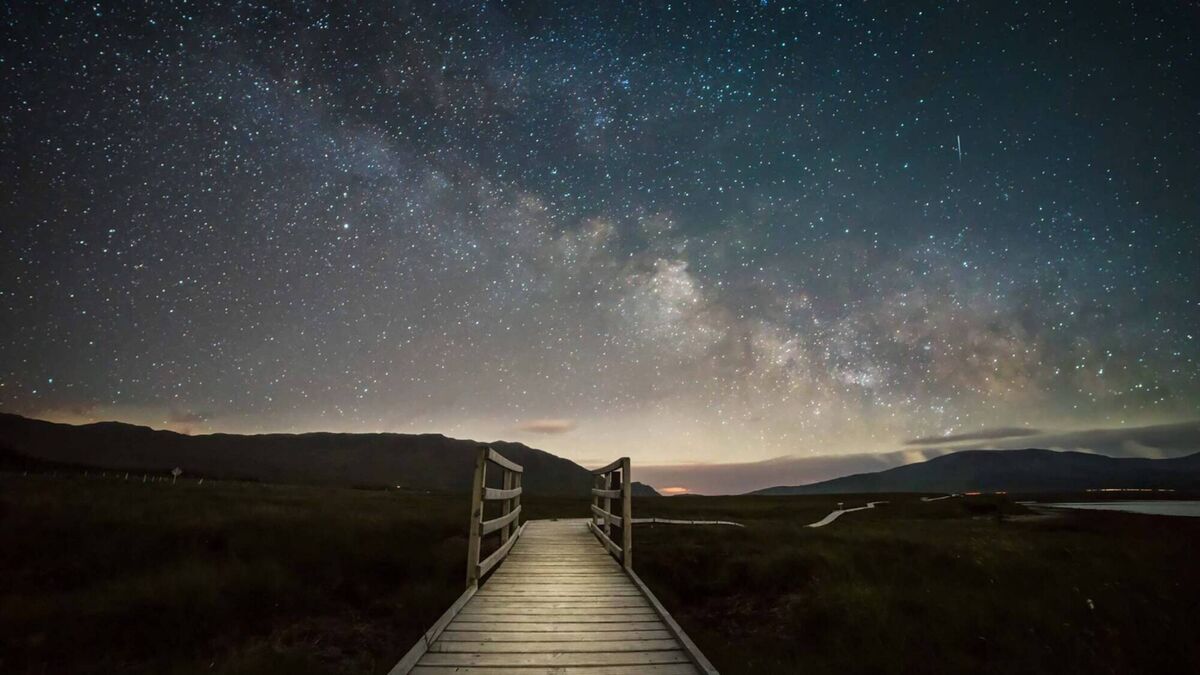
However, Coillte did not act on these commitments. Nothing was done to tackle rhododendron and mature conifers that were harvested were simply replaced with more saplings of lodgepole pines and Sitka spruce. In 2017, its lands were taken over by the NPWS and incorporated into the National Park.
The following year, the NPWS drafted a ‘Conversion Plan’, a decent document that identified the long list of issues in need of action and, critically, long-term investment. The Plan was to “facilitate the rewilding of landscapes and habitats in Wild Nephin to allow natural processes to become the dominant drivers in the landscape” while stating that “the ultimate goal […] is that Wild Nephin will become a wilderness”.
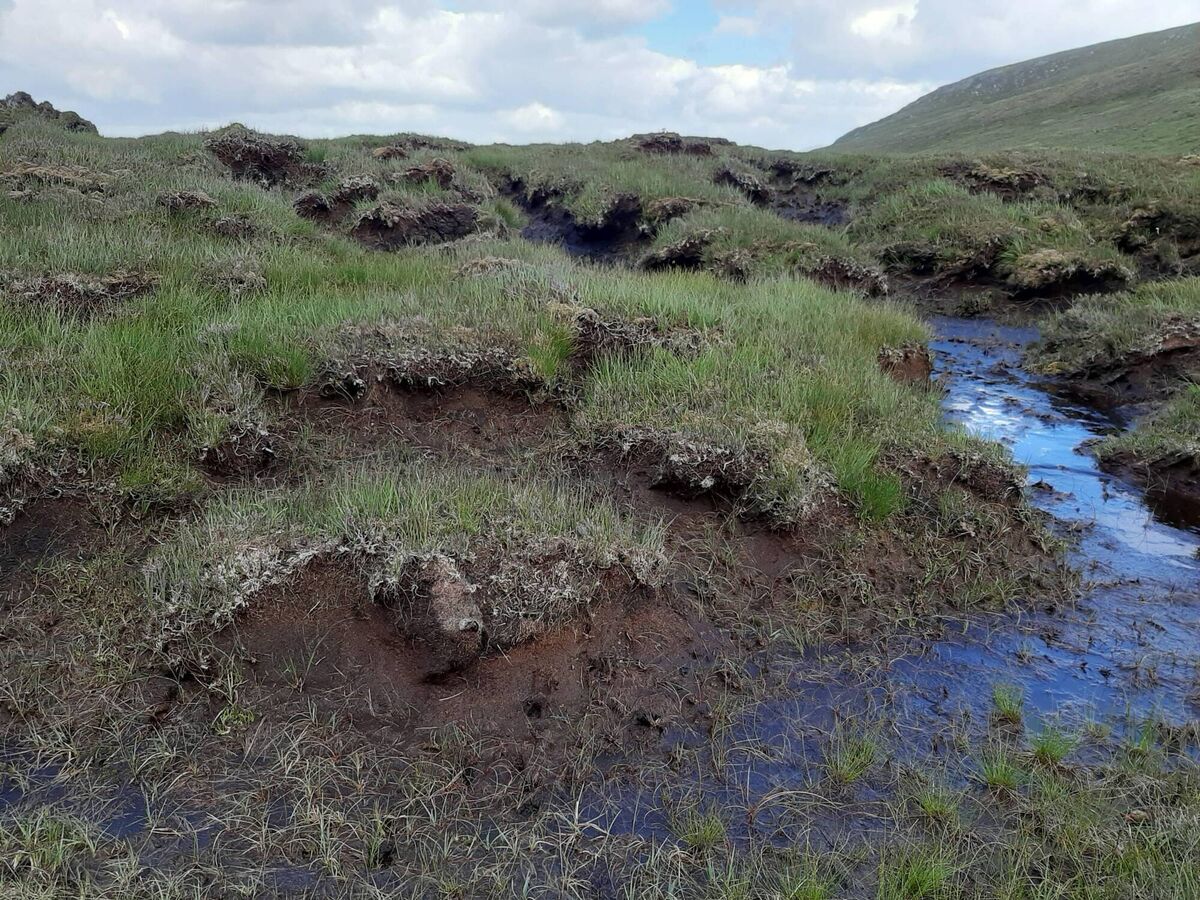
However, the plan was never published and when I visited in 2020 there was no sign that anything had changed. Large wooden signs welcoming visitors to the car park at Letterkeen announced their arrival at the 'Wild Nephin Wilderness Area'. The open areas of bog on the western side meanwhile were shockingly overgrazed, with obvious erosion and large areas of bare peat. There were sheep everywhere.
A study published that year of the Owenduff/Nephin Complex Special Protection Area, a huge expanse that includes the National Park, found that only a tiny 3% of the 379 sampling points were not damaged by grazing.
In June of this year, I visited again, this time in the company of NPWS staff who showed me around. The signs announcing the ‘wilderness area’ are gone, replaced with the more sober title of ' Wild Nephin National Park' — the new name since 2021. The vision, I was told remains the same but the idea of it being a ‘wilderness’, with no human intervention or infrastructure, is no longer the goal (notwithstanding the perseverance of the word on the National Park website). Rewilding is not being used as a term either, which is a shame as it best describes what was envisaged and would clearly define its future.
The 2018 conversion plan is still on the table but I was told it needs to be updated and sent for public consultation.
The post of project manager for the conversion has been vacant now for three years, hampering implementation.
Meanwhile, the years tick by.
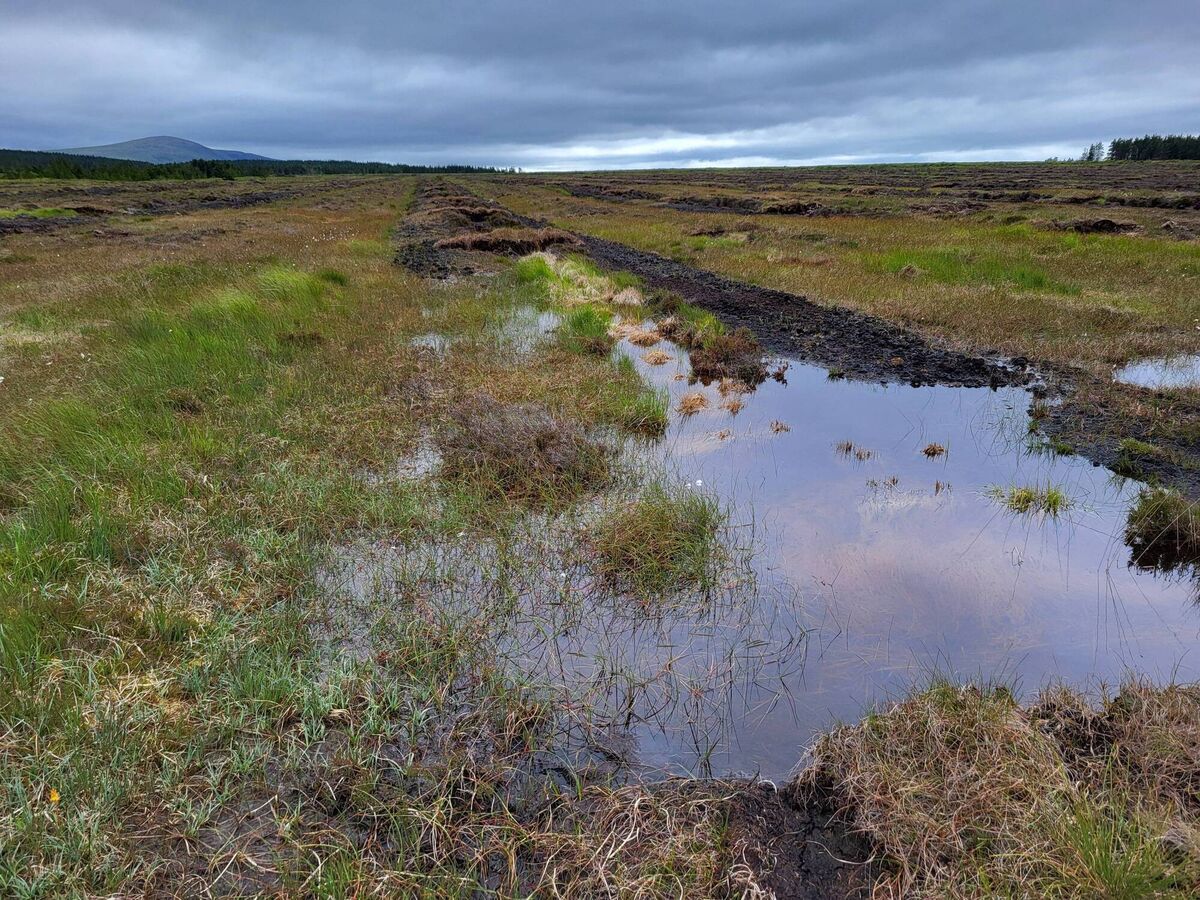
- An area of cutover bog to the north is being restored in conjunction with a neighbouring landowner. Sheep are being fenced off to prevent trespassing from the commonage at Letterkeen, deer are being culled and rhododendron is, finally, being tackled. Some areas along the banks of the Srahmore River have been fenced off from deer and sheep and the regrowth of native trees is phenomenal.
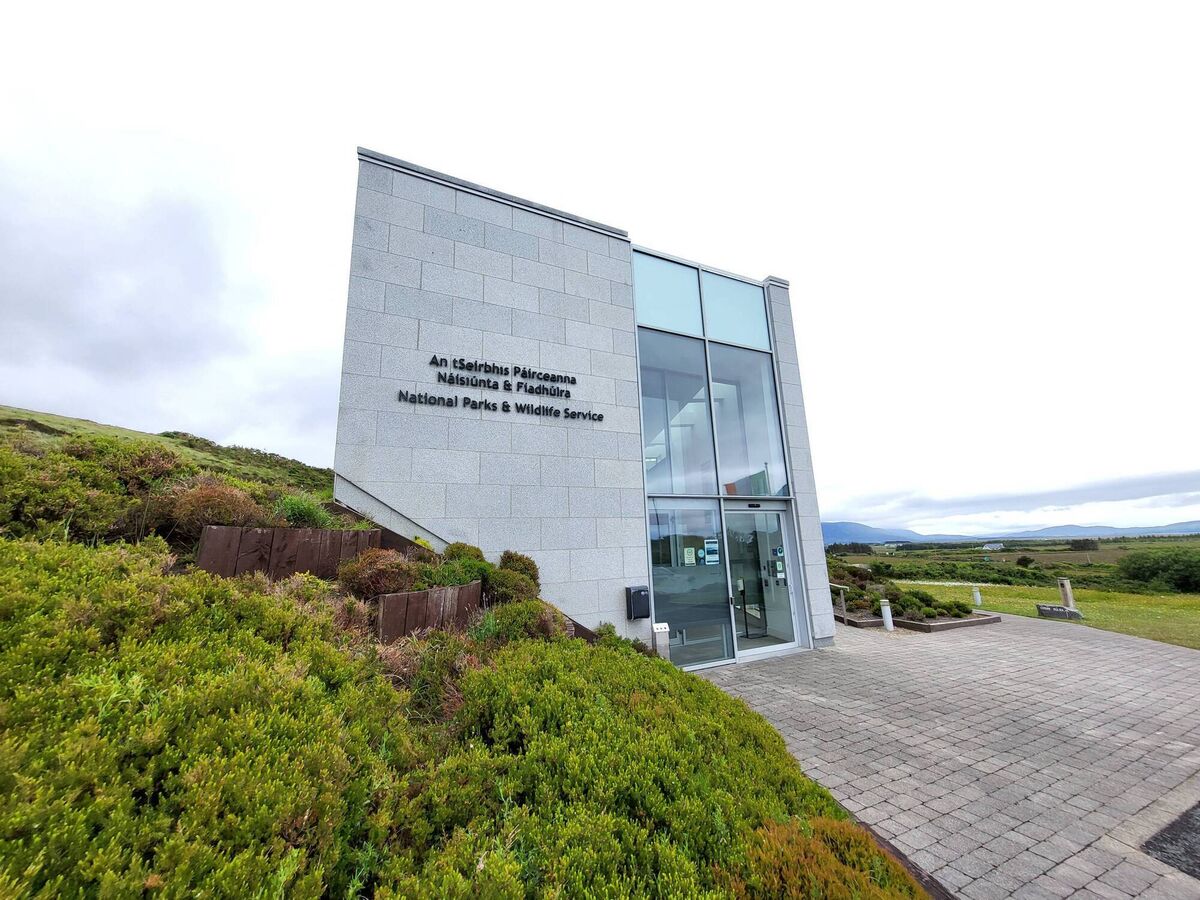
- The modern visitor centre to the west of the National Park, at the village of Ballycroy, has a superb educational programme where people can see a range of natural habitats including native forest, ponds and flower-rich grassland. I was told that an important message given to visitors is that the way we see our hills and boglands today is not normal or healthy and that change is possible.
- The Park is at the centre of winning hearts and minds in an area that is traditionally suspicious of the NPWS and the goal of nature conservation (a sneery version of the acronym is ‘no people west of the Shannon’). A malicious fire earlier this year targeted the well-used, wheelchair-friendly boardwalk at Claggan as well as forestry near a popular spot for wild camping.
- Attitudes can be hard to shift but the NPWS is now a major source of employment and investment in this region (as it is in many rural areas).
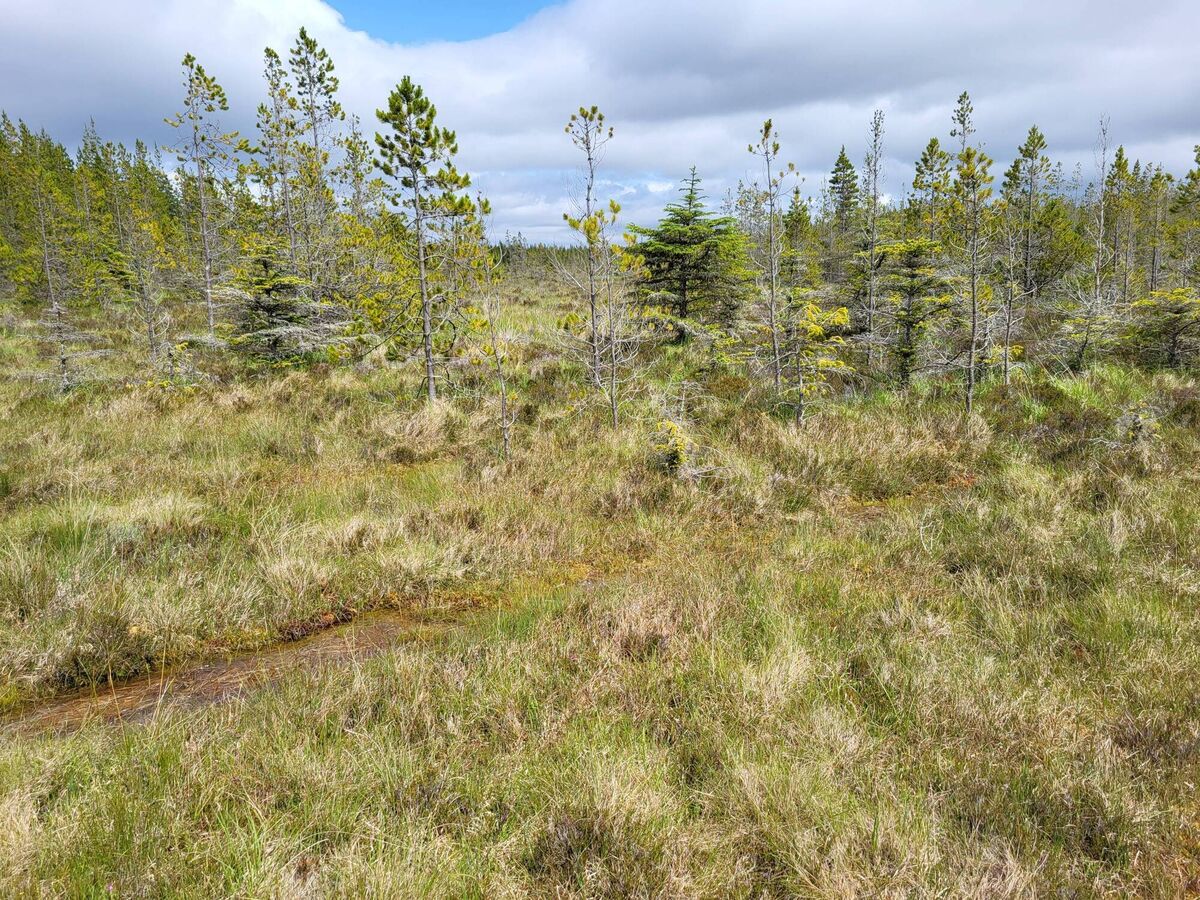
- Most encouraging are the plans to remove plantation forests and restore them to bog. I was shown an area to the north, at Derra, where Coillte, with funding from the EU, carried out restoration 20 years ago. The results are phenomenal; you’d hardly believe there were trees there so recently while the vegetation has recovered to such a degree that there are now breeding red grouse (a rare ground-nesting bird).
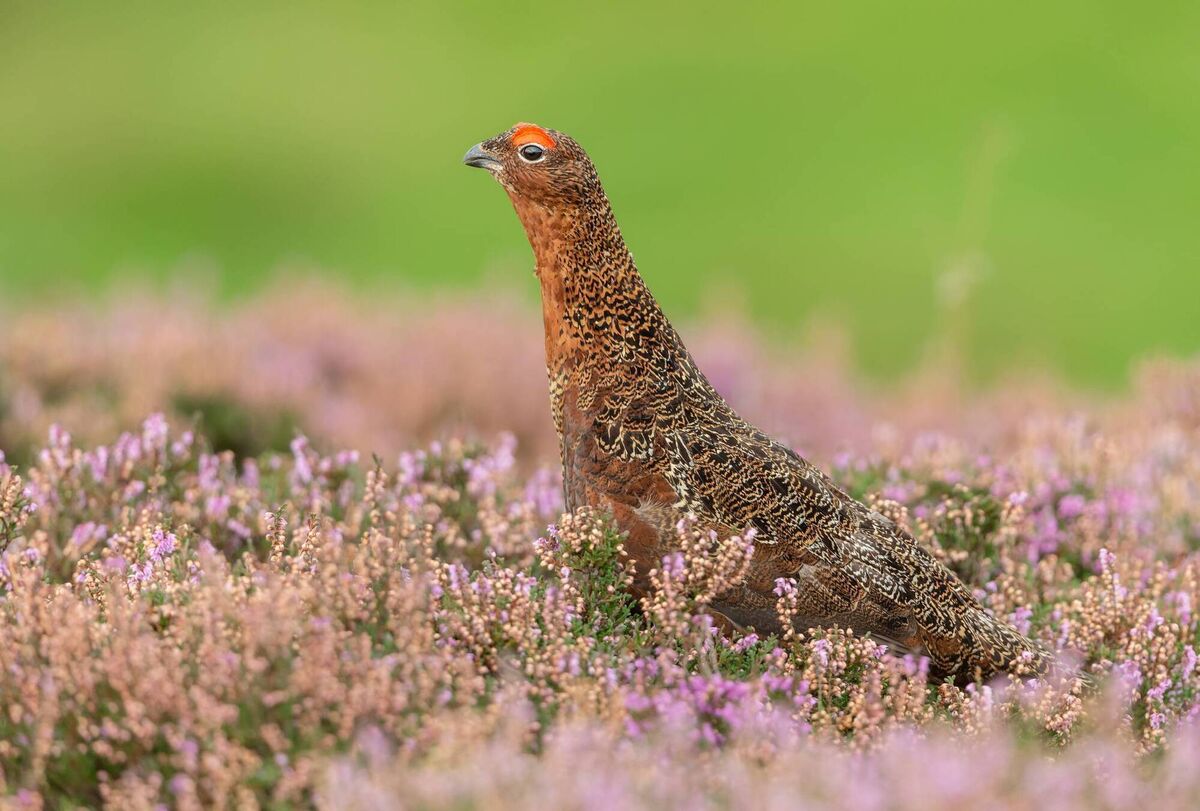
The NPWS will submit plans for conversion of 300 ha at Muingaghel forest next year while Coillte also has plans for another 300ha at their Glennamong site (to the south of the National Park).
However, there are a total 4,800 ha of conifers in the National Park alone and so the rate at which these changes are happening is far too slow. Meanwhile the open bogs to the east are still subject to sheep grazing which simply shouldn’t be happening. The peatlands remain, therefore, in a terrible state. The Department of Agriculture needs to be much more assertive with these landowners to prevent this trespassing.
Wild Nephin doesn’t have the tourist pressure experienced in other National Parks. There’s no doubt the landscape has a distinct feel and the NPWS staff retain an impressive optimism and energy in spite of the long-running challenges. A greater sense of urgency higher up the bureaucratic chain is clearly needed if the wonderful potential of this region is ever to be realised.





